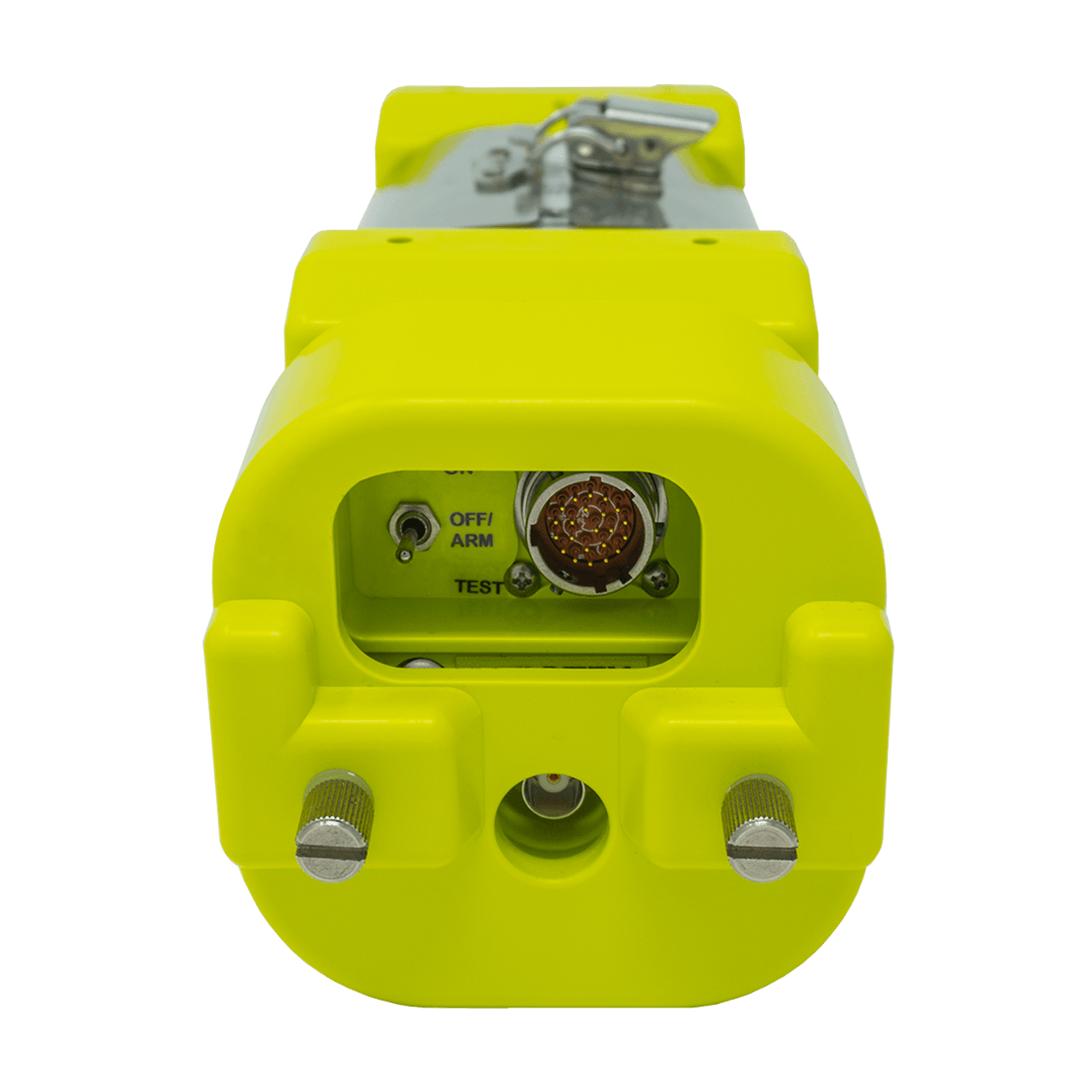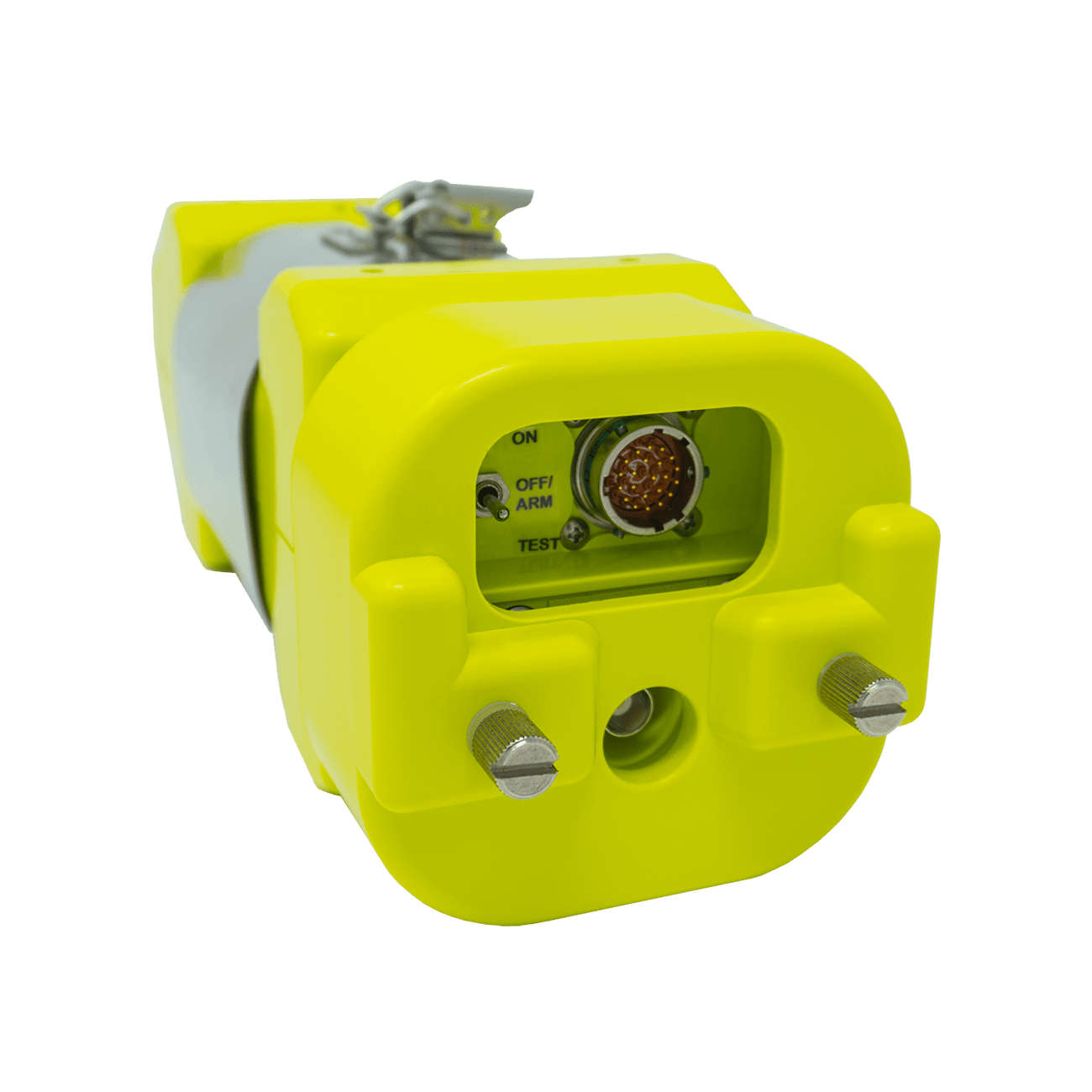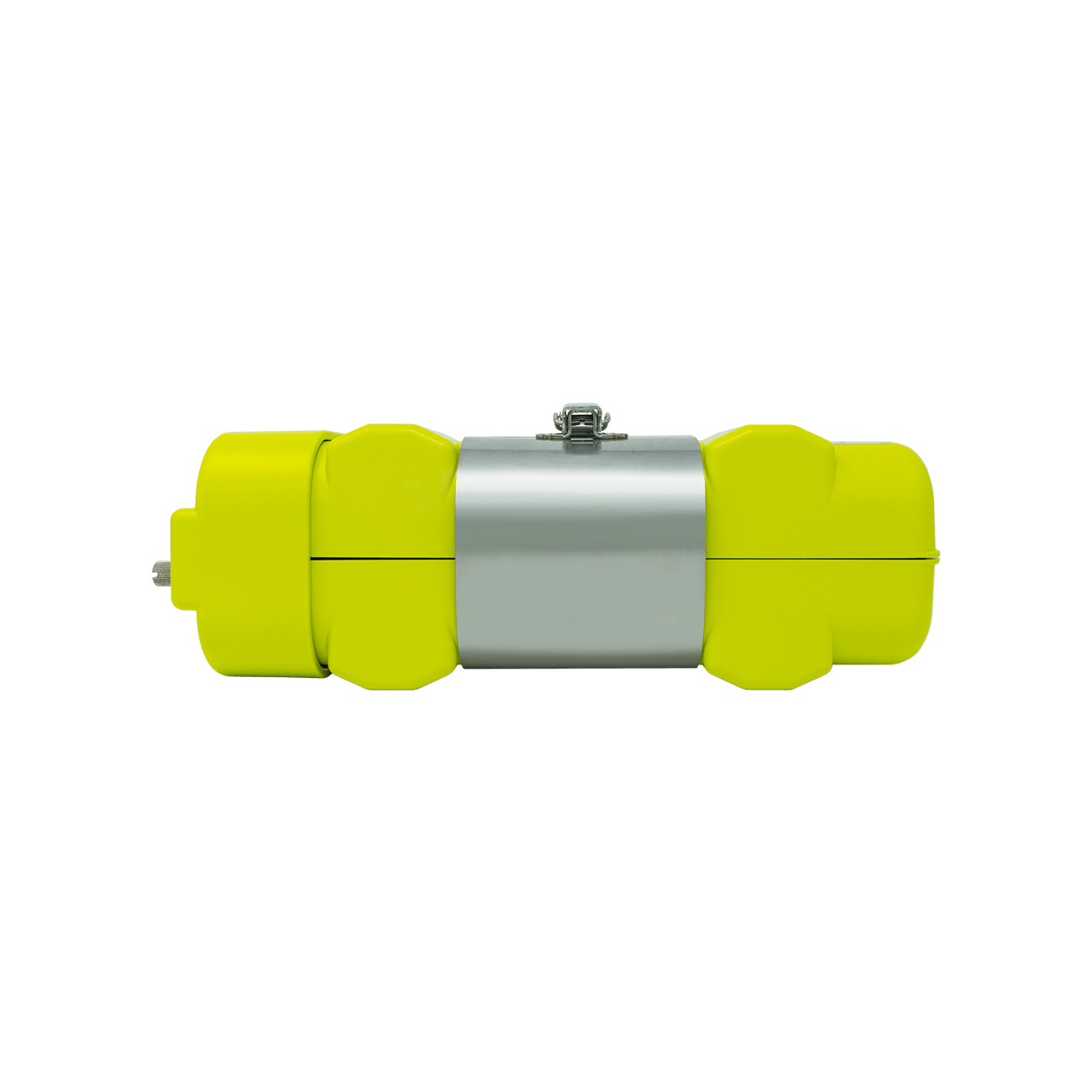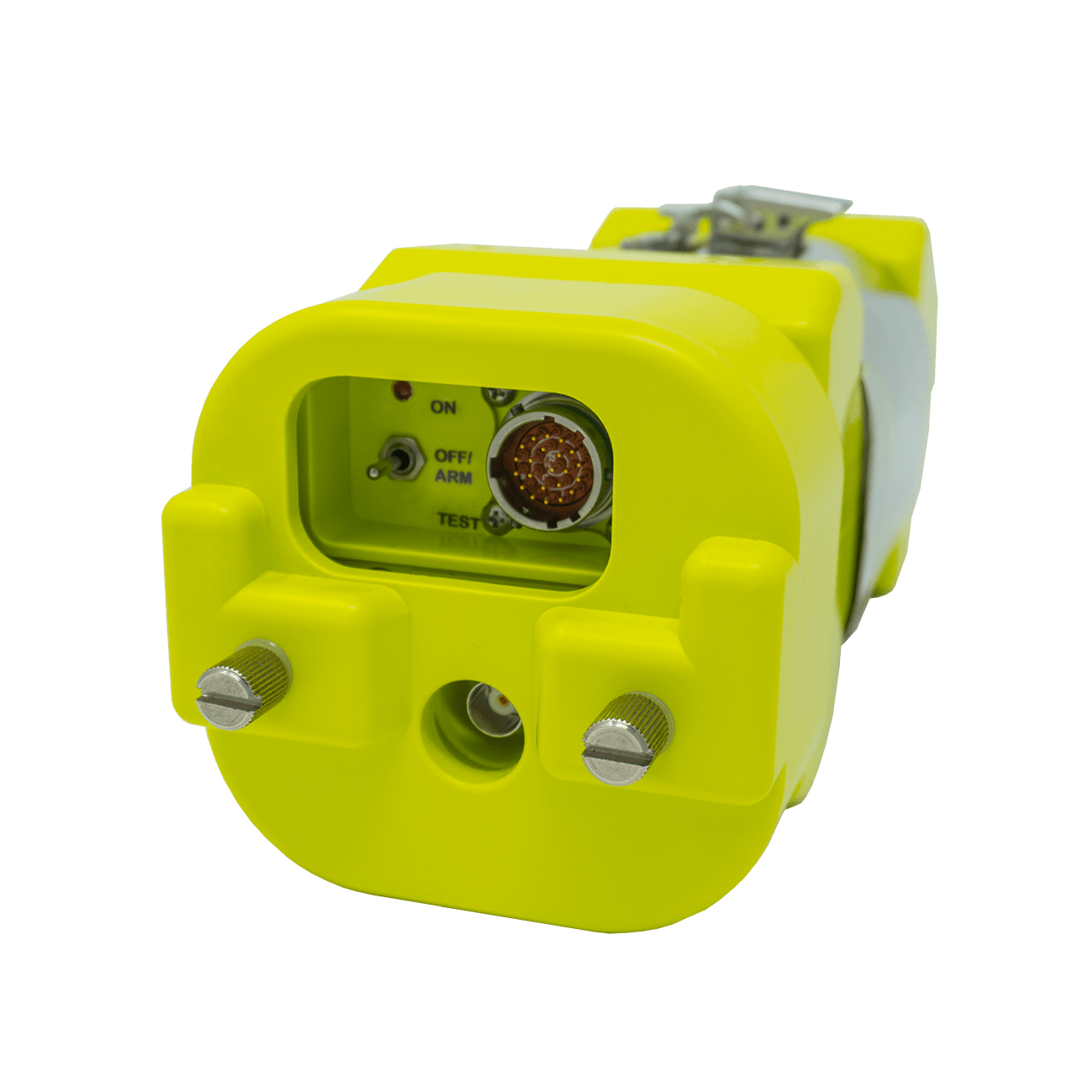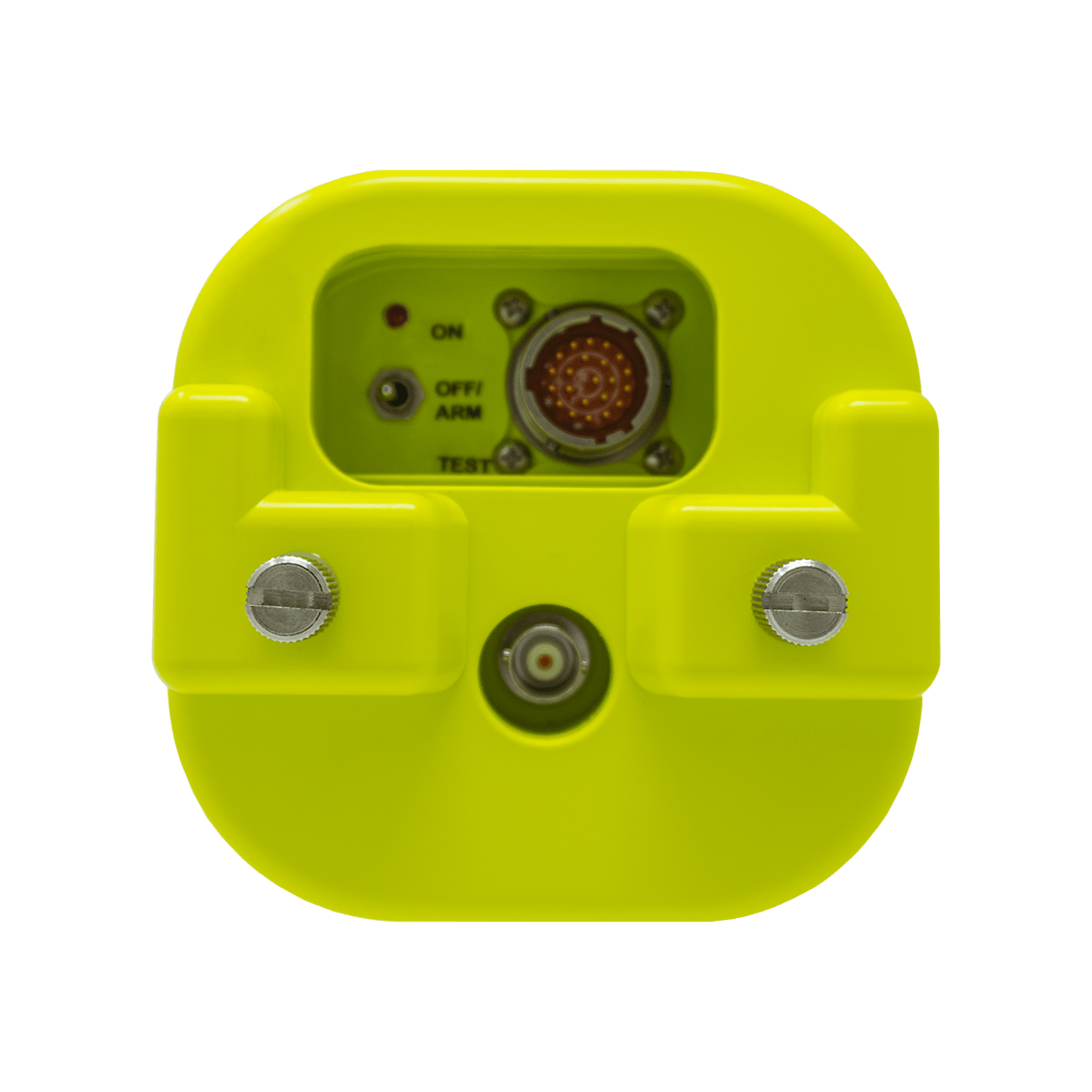Q: Does ELT 4000M Alkaline cost more than traditional ELT?
No, ELT 4000M is priced less than legacy ELT systems. Additionally, the battery is 25% less to buy than a similar lithium battery system.
Q: Do the ELT 4000M Alkaline Batteries perform like Lithium?
Due to the innovative design of the ELT 4000M, the ELT’s Alkaline batteries meet all Cospas-Sarsat and TSO requirements yielding a 5 year battery life which is identical to Lithium systems
Q: Does ELT 4000M or the Battery system ship Hazmat like current ELT?
No, the ELT 4000M and battery system ships non hazmat which save considerable costs.
Q: Does ELT 4000M comply with the FAA Lithium Special Conditions?
The ELT 4000M is exempt from FAA Lithium Special Conditions requirements
Q: Does the ELT 4000M have EASA Approval?
The ELT 4000M has EASA Certification via bilateral agreement with the FAA
Q: How easy is it to retrofit the ELT 4000M to my aircraft?
The ELT 4000M presents a quick and easy retrofit opportunity as it is TSO approved with legacy switch and antenna systems and the mounting tray assembly matches the legacy ARTEX C and B Series ELT installation.
Q: What makes the ELT 4000M Helicopter model different?
The helicopter model features ruggedized multi axis G switches allowing for the unit to be mounted horizontally and still sense vertical G force.
Q: What do ELTs do?
Emergency Locator Transmitters (ELTs) are distress radio beacons which transmit location information about aircraft directly to Search and Rescue forces letting them know that the owner is in grave and imminent danger. Learn How and ELT Rescue Works
Q: What does ELT Stand For?
Emergency Locator Transmitter
Q: Where can I purchase a beacon?
Visit our Where To Buy dealer locator
Q: How do I know the beacon is working?
Perform a monthly self-test. If the test passes, the beacon is working. If self- test does not pass, take/send the beacon in for service. If you want to know that your beacon signal is reaching the satellite system and your signal is being received back down to earth please check out our advanced testing service called 406Link.com.
Q: How do I register my beacon?
406 MHz Beacons must be registered with the National Authority of the country you live in.
Step 1. Visit our Registration database to find the appropriate National Authority
Step 2. Register with your countrys National Authority either online, by mail or by fax.
Registration in the United States
The national authority that accepts beacon registrations in the United States is the National Oceanic and Atmospheric Administration (NOAA). Here are three easy ways to register:
1.) The fastest and easiest way to register is online at www.beaconregistration.noaa.gov . Recommended method. Ability to verify and validate information before submitting.
2.) Mail the registration form with the pre-addressed, postage paid envelope to:
SARSAT BEACON REGISTRATION
NOAA
NSOF, E/SPO53
1315 East West Hwy
Silver Spring, MD 20910
Please print legibly.
3.) Faxing a registration is also acceptable. Fax the registration form to the Fax number on the bottom of the registration form. To reduce the possibility of error, please write legibly and verify information on form compared to UIN on beacon before faxing. Please print legibly and in BLACK ink.
All registration forms will be entered in the 406 MHz beacon registration database within 48 hours of receipt. The information you provide on the registration form is used for rescue purposes only.
A confirmation letter, a copy of the actual registration and a proof-of-registration decal will be mailed to you within two weeks. When you receive these documents, please check the information carefully to ensure that the information provided on the label matches with the information on the beacon and then affix the decal to your beacon in the area marked BEACON DECAL HERE. If you do not receive confirmation from NOAA in the expected timeframe, or if the information on the label is incorrect call 888-212-7283 for assistance.
Registration outside of the United States
In countries other than the United States, 406 MHz beacons are registered with that countrys National Authority at the time of purchase. The sales agent should have assisted you in filling out the forms and sending them to the countrys National Authority. Alternatively, visit our Registration database or many countries allow online registration in the International 406MHz Beacon Registration Database (IBRD) at www.406registration.com.
To verify that the unit is properly programmed for your country, view the UIN label on the back of the unit. In the event that the beacon is not programmed for your country, the sales agent (if properly equipped) can reprogram the unit for the correct country.
Q: What are my responsibilities with registering and re-registering my beacon?
A beacon needs to be registered at the time of purchase or installation. The registration of a beacon is valid for 2 (two) years. The owner should re-register the beacon every two years. If a change of ownership occurs, the original owner must notify the authorities and de-register the beacon before the new owner can register.
Q: Why is it so important for me to register my beacon?
Registering the EPIRB, ELT or Personal Locator Beacon is required by law in the United States and in most countries. Registering is very important because should your beacon ever be activated, it is how Search and Rescue Teams will know who you are, and contacts provided may be able to supply information about your specific travel plans. In the absence of this information, it may take longer for a search-and-rescue operation to begin.
Q: I tried to register my beacon but the authorities tell me that it needs a different ID number programmed in. Do I need to send this back to you?
This can be done by any Certified Battery/Service Center. Please have your registration form and beacon available when contacting a Certified Battery Replacement Center for assistance.
Q: Where do I take/send my unit for battery service?
Visit our Battery / Service Locator. Contact the battery/service station for instructions on how to send the beacon to them. Please contact the Battery / Service Center for the cost for this service.
Q: How do I know when the battery is due for replacement?
There is a battery expiration date label on every beacon.
Example Image: Battery Replacement Date is 07/2010

Q: Can I buy a battery from you and replace it myself?
No. The battery cannot be purchased for EPIRBs or PLBs. This is a life saving device and you need to have the tools, hardware and software to perform a battery replacement. Full functional testing is done on the unit, after the battery is replaced, to make sure that the unit will last another 5 years in the field. The battery of any EPIRB or Personal Locator Beacon needs to be replaced by an ACR Certified Battery Replacement Center (BRC), where trained technicians will perform this service.
ELT batteries can be purchased from any of our authorized dealers or distributors and can be replaced in the field by the customer.
Q: What will happen if I do not replace the battery every five years?
The chances of surviving a life threatening situation is greatly diminished if proper care and maintenance is not given to a beacon.
Q: Do I have to replace the battery if the beacon goes off by mistake and why?
Yes, as this is a lifesaving device it should be diligently maintained to perform as specified. For this unit to transmit for the full 48 hours it will need a new battery as any inadvertent activation will deplete the existing battery.
Q: Where do I dispose of a beacon battery?
For information about disposal of lithium batteries or products with lithium batteries in them, please contact your local waste management company.
Q: Are there any special instructions for shipping a battery or a unit with the battery in it?
There may be, depending on the beacon that you have. Due to transportation regulations changes, some ACR & Artex products that contain lithium batteries may need to be shipped as Hazmat. Please visit the product page for your product and review the Download tab at the bottom of the page for the Material Safety Data Sheets (MSDS).
Q: Is there a local service center where I can get my beacon serviced?
Find a battery/service center here.
Q: How often should I carry out a Self Test?
The beacon owners manual usually recommends the frequency of these tests; typical advice is once a month and/or before extended trips.
Advanced Satellite Testing can be performed using our new service called 406Link.com
Q: What should I do if I get a Self Test failure?
If you get a Self Test failure, first check the instructions in the user manual supplied with your Beacon, make sure you carried out the test correctly and that you have followed any instructions provided. If you are sure your Beacon failed the self test then you should contact the beacon manufacturer or one of their appointed service agents for further advice and instructions.
Q: Can 406 MHz beacons be used anywhere in the world?
Yes, 406 MHz beacons can be used anywhere in the world, including the Poles.
Q: Is there a subscription fee for beacon registration or rescue service?
Beacon registration is free, should you ever have to activate your beacon, rescue is free in most parts of the world.
Q: When do you use a Beacon?
Most Search-and-Rescue (SAR) organizations instruct that beacons are satellite signaling devices of last resort, for use when all other means of self-rescue have been exhausted, where the situation is grave with imminent danger and the loss of life, limb, eyesight or valuable property will occur without assistance.
Q: What is a UIN and where do I find it on the beacon so I can register my beacon?
A UIN is a Unique Identifier Number that is programmed into each beacon at the factory. The UIN number consists of 15 digit series of letters and numbers that make up the unique identity of the beacon. The UIN is on a white label on the exterior of the beacon. The UIN is also referred to as the Hex ID.

Q: Is it true that certain emergency beacons no longer work?
The 121.5MHz and 243 MHz beacons are no longer satellite detectable. The beacons may still function but the emergency satellite system will no longer detect the emergency signals from these frequencies. Please read the explanation of the phase out of the 121.5/243 MHz frequency from Cospas-Sarsat at http://www.sarsat.noaa.gov/phaseout.html.
If you have a 121.5 MHz or 243 MHz beacon, you should upgrade to a new 406 MHz beacon.
Q: What happens if I set off a false alert by mistake?
Dont panic, as long as it was a genuine mistake and not deliberate you have nothing to worry about, however you must turn off your Beacon and contact the emergency services as quickly as possible to let them know your transmissions are a False Alert.
Deliberate misuse or not notifying the proper authority may incur a severe penalty. When you call be prepared to provide the following information:
The beacon Unique Identifier Number (UIN) (15 Hex ID printed on the beacon),
- Date
- Time and duration of the false alert
- Location of the beacon at the time of the false alert
- Cause of the false alert
The primary contact point in the United States for the notification of False Alerts is the United States Air Force Rescue Coordination Center (USAFRCC) the telephone number is 1-800-851-3051. However if you have an EPIRB you can contact the United States Coast Guard (USCG) in the following areas: Atlantic Ocean / Gulf of Mexico USCG Atlantic Area Command Center Tel: (757)398-6390 Pacific Ocean Area / USCG Area Command Center Tel: (510) 437-3700 USCG HQ Command Center Tel: (800) 323-7233. If you have an ELT as well as contacting the USAFRCC you might also want to contact your local Flight Service Station (FSS) on 1-800-WXBRIEF (1-800-992-7433).
Q: Do you have any Supplimental Type Certification Approvals for the ELT 4000M?
Please contact us for additional information regarding STCs.
